Uttar Pradesh Switch to Hindi
Fecal Coliform Bacteria
Why in News?
According to a report by the Central Pollution Control Board (CPCB) , the level of faecal coliform bacteria in the Ganga and Yamuna at Prayagraj Sangam is far higher than the safe limit of 2,500 units per 100 ml of water.
Key Points
- The water of the Yamuna and Ganga at Prayagraj Sangam is entirely unfit for drinking and bathing, posing serious health risks.
- The National Green Tribunal (NGT) is hearing the issue and a report is being sought from the concerned authorities.
- NGT has already given instructions to the Uttar Pradesh government regarding the sewage management plan during the Maha Kumbh Mela .
- Fecal Coliform Bacteria:
- About
- It is a collection of microorganisms which are mainly found in the feces or waste excreted by warm-blooded animals and humans.
- These are usually considered as indicators of potential pollution in the water. Other coliform bacteria include Escherichia, Klebsiella, and E. coli.
- Effects on health
- This bacteria can cause many diseases such as gastrointestinal infections , skin and eye infections , typhoid , hepatitis A and respiratory problems .
- About
Central Pollution Control Board (CPCB)
- The CPCB was constituted as a statutory organisation in September 1974 under the Water (Prevention and Control of Pollution) Act, 1974 .
- Thereafter, the Central Pollution Control Board was entrusted with powers and functions under the Air (Prevention and Control of Pollution) Act, 1981.
- The Board also provides technical services to the Ministry of Environment and Forests under the provisions of the Environment (Protection) Act, 1986.
Uttar Pradesh Switch to Hindi
Places of Worship Act, 1991
Why in News?
Recently, Member of Parliament Iqra Chaudhary has approached the Supreme Court for effective implementation of the Places of Worship (Special Provisions) Act, 1991.
Key Points
- This Act freezes/maintains the status of any place of worship in the same condition as it was on August 15, 1947.
- Places of Worship (Special Provisions) Act, 1991:
- It seeks to maintain the "religious nature" of places of worship as it was in 1947.
- Objective :
- The purpose of this Act is to protect the religious status of places of worship and to prevent conversion between different religious denominations or within the same denomination.
- Section 3 of the Act prohibits conversion of a place of worship or even a portion thereof into a place of worship of a different religious denomination or a different class of people within the same religious denomination.
- Section 4(2) of the Act states that all suits, appeals or other proceedings relating to the change of nature of a place of worship (which were pending on August 15, 1947) shall abate after the commencement of this Act and no fresh action can be taken in such cases.
- The Act also imposes a positive obligation on the Government to maintain the religious character/nature of every place of worship as it was at the time of independence.
- Exception:
- The disputed site of Ayodhya (Ram Janmabhoomi-Babri Masjid) was exempted from this Act.
- Apart from this, some other cases were also exempted in this Act such as:
- Any place of worship which is an ancient and historical monument or an archaeological site covered under the 'Ancient Monuments and Archaeological Sites and Remains Act, 1958'.
- Cases which have been settled or on which a final verdict has been given.
- Penalty:
- Under Section 6 of the Act, any person contravening the provisions of the Act is liable to imprisonment for a term which may extend to three years and also to fine.
- Opinion of the Supreme Court :
- In its 2019 Ayodhya case verdict, the Constitutional Bench of the Supreme Court referred to this law, saying that it manifests the secular values of the Constitution and strictly prohibits its retrogression

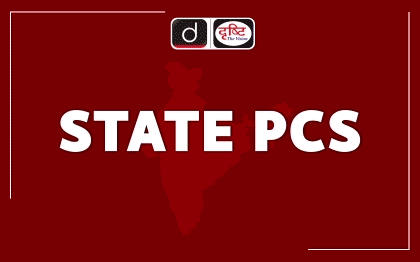


%20MPPCS%202025%20Desktop%20E.jpg)
%20MPPCS%202025%20Mobile%20E%20(1).jpg)

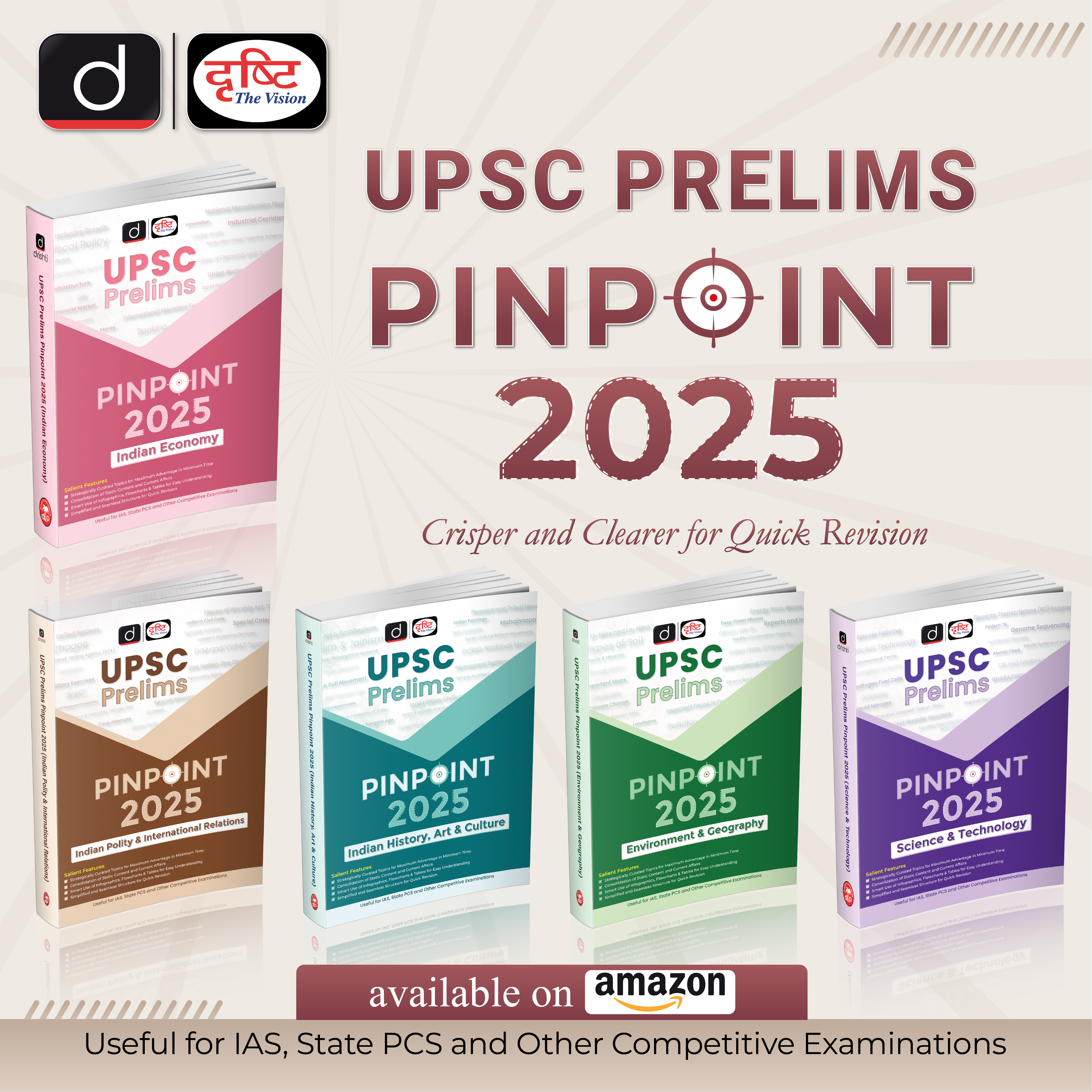







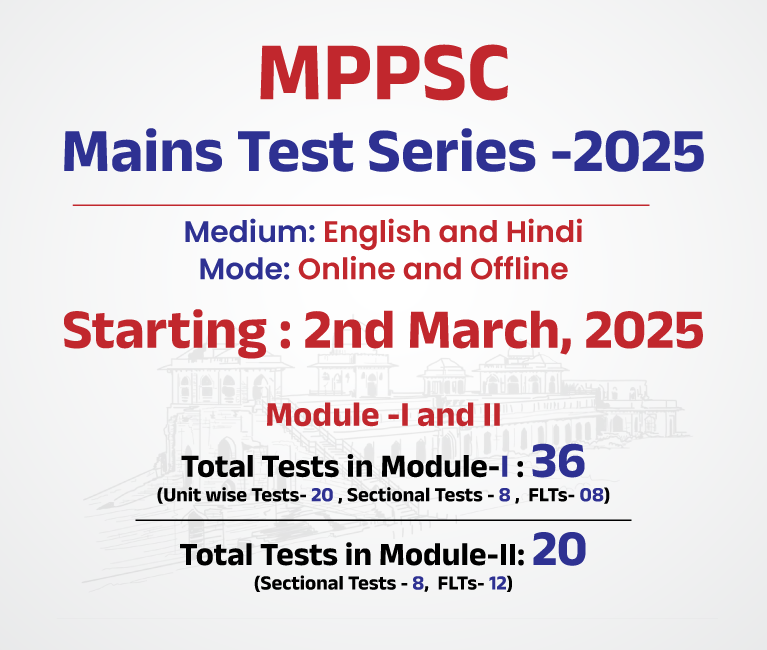
.png)
.png)





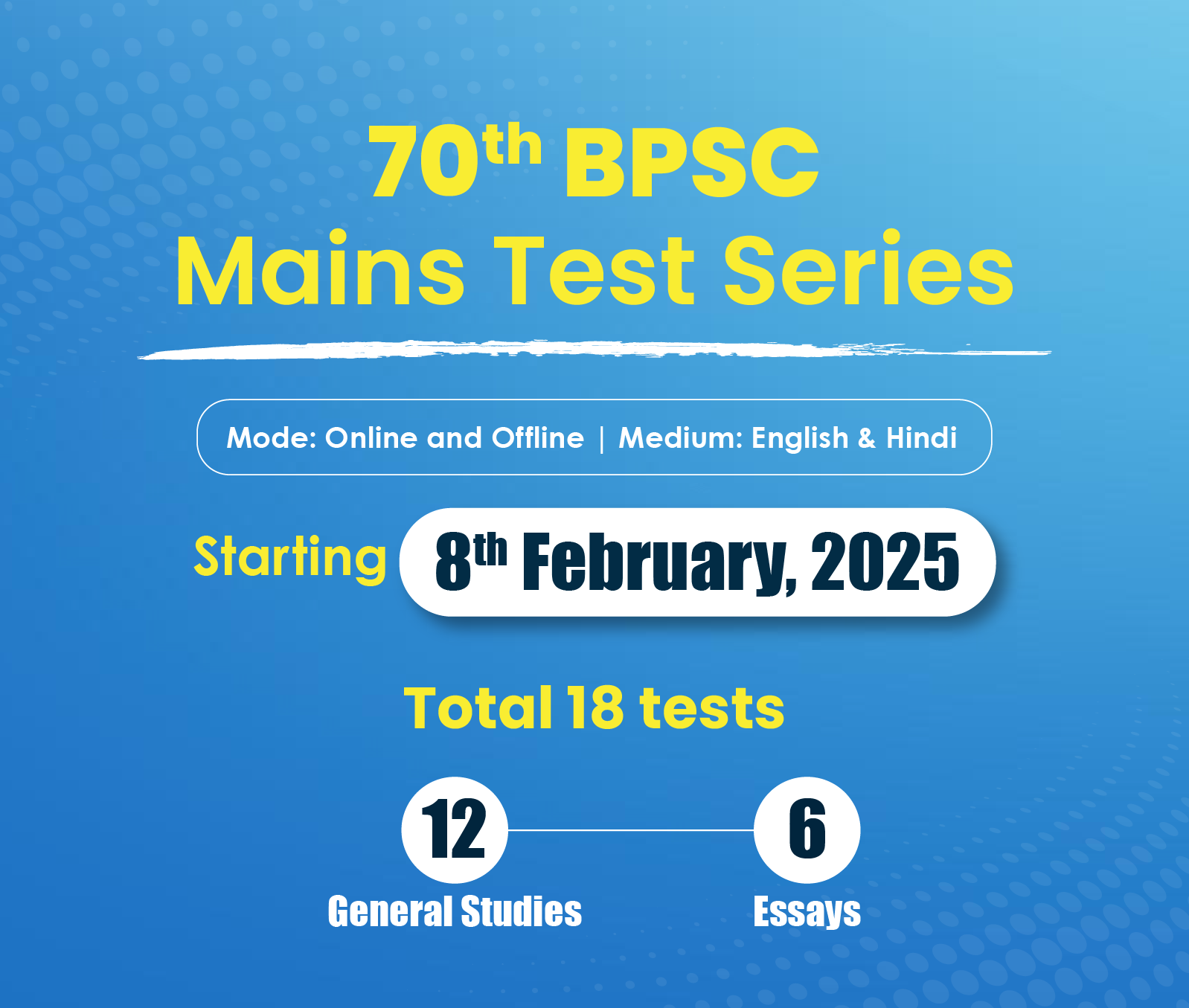



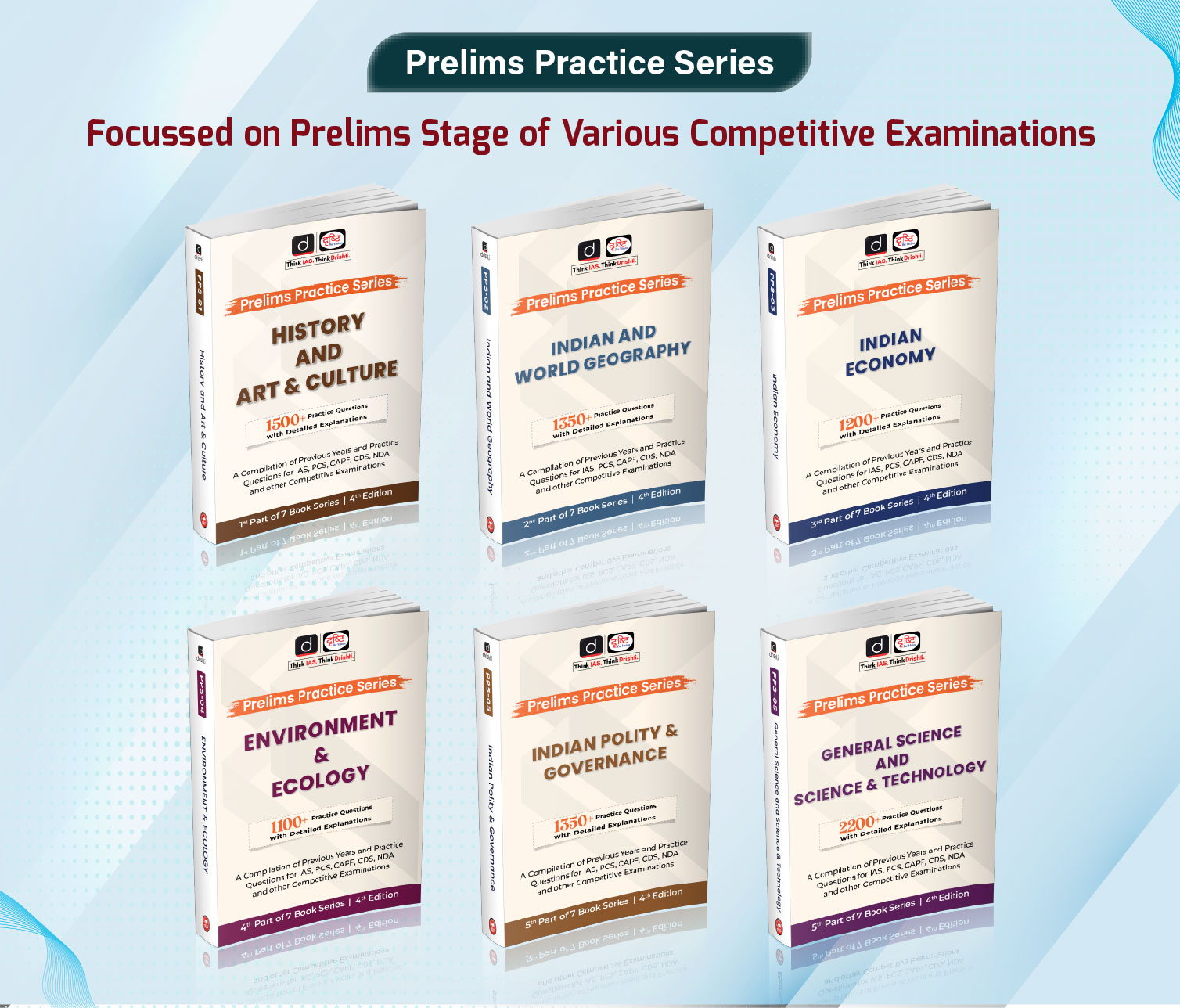

 PCS Parikshan
PCS Parikshan.jpg)


